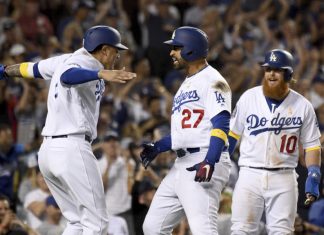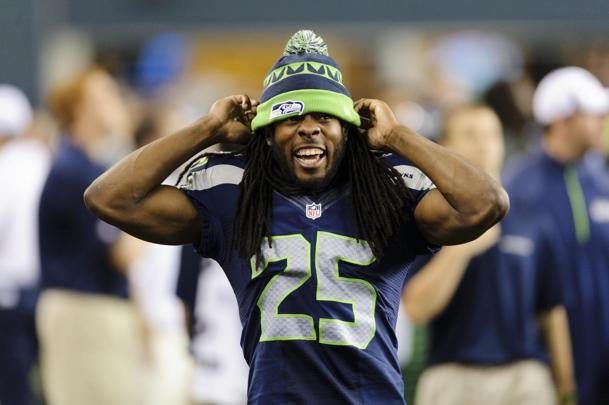EDITOR’S NOTE: The money, the scouting, the buzz, it was all different when Major League Baseball held its annual June draft a half-century ago. With this year’s picking set to start Wednesday night, Mike Schmidt remembers how it was when he was chosen in 1971. The Philadelphia Phillies took him in the second round as a shortstop out of Ohio University. The player chosen directly ahead of him? A high school shortstop in California named George Brett. Schmidt and Brett both made the Hall of Fame as third basemen – when they were drafted, the hot corner was ruled by Baltimore’s Brooks Robinson.
—
1970 was my junior year at Ohio University. We won the MAC championship, the regionals and earned a trip to the College World Series. Personally, I had a great year in all stat categories, became a first team All-American and a professional prospect.
There was one problem – I didn’t qualify for that year’s draft because I wasn’t 21 years old. Having a September birthday the next fall disqualified me. This cost me a great deal, most likely a high first-round pick. I became the 30th overall pick (in 1971) and had no bargaining power with no college eligibility left.
It worked out. This wasn’t a time when millions were being given to high draft picks.
Throughout my senior season, I had noticed several scouts at games, one in particular, Tony Lucadello from the Phillies. I learned later Tony had followed me since Little League. He watched me at tryouts put on by professional teams in our area as a raw college freshman.
Tony brought then-general manager Paul Owens to a weekend series in Athens where I did one of everything with him watching. Hit a home run, made a play in the hole, stole a base and generally cemented myself in his mind. However, the Phillies had bigger sights on a high school pitcher, Roy Thomas, who started a couple games in the big leagues, but didn’t pan out.
My family and I waited in our living room for a call from the Phillies once the results were official. We got it from Tony, who visited us with an offer and the Phillies’ philosophy on signing draft picks. To them, it was best to sign and get to your team and start playing, then you will make money.
Their offer for a signing bonus was $25,000. My father/agent pointed to the door and told him not to come back unless the offer was fair. The next day he returned and things got sweeter, but nowhere near what we expected. Tony offered $35,000 and get this, a trip to Philly to take batting practice with the Phillies and sign.
We told him $37,500 and he had a deal. Here’s the kicker: While in Philly for the weekend, it just happened the club had an exhibition game on Monday in Reading against its Double-A affiliate.
I got to play shortstop in that game for the Phillies, yes, the big Phillies with Deron Johnson and Don Money and Oscar Gamble, and I hit a home run to win the game. That game and hit possibly saved me two years in the minors. I started my career in Reading as a result.
There is a unique story about that draft involving my good friend, George Brett. George was drafted one player ahead of me in 1971, at 29th by the Royals.
George and I finished with the same number of career RBIs at 1,595. But when he realized that, he hired someone to go back through his career and find an RBI.
He succeeded and now has 1,596 – anything to top me. My comeback is that I once hit the roof of the Astrodome with two on base and settled for a single. That’s three RBIs … I should have 1,598.
The June draft of 1971 was one of the most exciting times in my life as it will be, and has always been, for so many eligible young players.
For me it worked out perfectly. Timing is everything, as evident of my draft story. Right place at the right time showing your best skills.
The other team, I found out, that was going to pick me in the second round was Baltimore. Guess who was playing third base for them?
—
More AP MLB: https://apnews.com/MLB and https://twitter.com/AP-Sports
25% Bonus via Western Union













